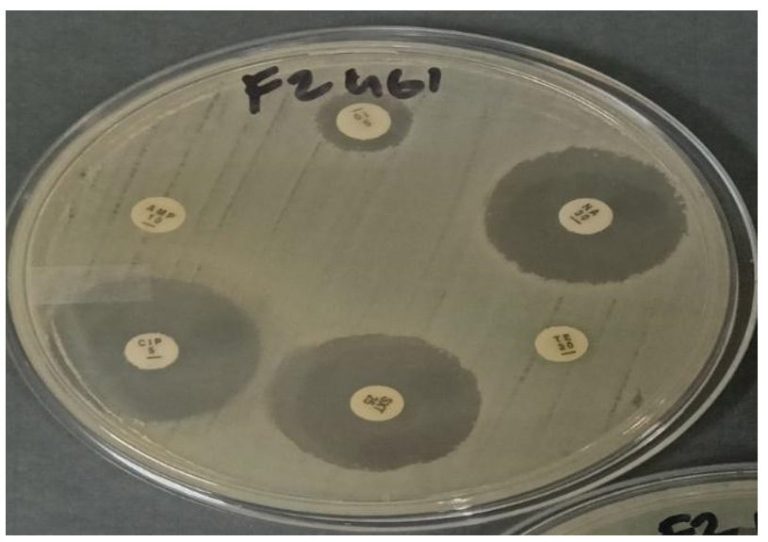QUEZON CITY, Philippines (June 13) – Researchers at the University of the Philippines Diliman (UPD) are harnessing artificial intelligence to predict antimicrobial resistance in Escherichia coli bacteria, a breakthrough that could significantly enhance food safety and public health, especially in the Philippines’ agricultural sector. The new approach offers a faster, more efficient alternative to traditional, time-consuming laboratory methods.
E. coli, commonly found in animal and human intestines, is a key indicator of fecal contamination and a frequent subject for antimicrobial resistance studies. This is particularly relevant in agricultural settings where manure and reused wastewater can spread resistant strains.
The UPD-CS Natural Sciences Research Institute’s Marco Christopher Lopez and Dr. Pierangeli Vital, alongside Dr. Joseph Ryan Lansangan from the UPD School of Statistics, developed and tested various AI prediction models. They used genetic data and lab results from the National Center for Biotechnology Information (NCBI) database to train these models.
Dr. Vital emphasized that the models were chosen for their ability to handle complex biological and imbalanced datasets, comparing different learning strategies to find the most suitable for predicting antibiotic resistance. The models included Random Forest (RF), Support Vector Machine (SVM), Adaptive Boosting (AB), and Extreme Gradient Boosting (XGB).
The AI models accurately predicted E. coli‘s resistance to streptomycin and tetracycline, reliably distinguishing between resistant and susceptible strains. However, predicting resistance to ciprofloxacin proved challenging due to limited resistant samples in the data, with only 4% showing resistance. Among the models, AB and XGB consistently performed well, even with imbalanced antimicrobial resistance data.
“This strategy has great potential for real-time monitoring of antimicrobial resistance, particularly in agriculture,” Dr. Vital stated. She highlighted that as DNA sequencing becomes more accessible, these prediction models can help detect resistant bacteria early, preventing potential outbreaks and improving decision-making in food safety, agriculture, and public health programs.
The researchers recommend incorporating more diverse sample types and data sources, such as metagenomic data (DNA from all microbes in a sample), to improve the understanding and prediction of bacterial resistance development.
Dr. Vital also underscored the importance of interdisciplinary collaboration, like the partnership between microbiologists and statisticians in this study. She noted that integrating biological concepts with statistics and predictive modeling yields impactful outcomes for the community, particularly in agricultural food safety.
The study, “Prediction models for antimicrobial resistance of Escherichia coli in an agricultural setting around Metro Manila, Philippines,” was published in the Malaysian Journal of Microbiology, an open-access, peer-reviewed publication. Funding for the research came from the NSRI and the Department of Science and Technology’s Grant to Outstanding Achievements in Science and Technology, facilitated by the National Academy of Science and Technology.


